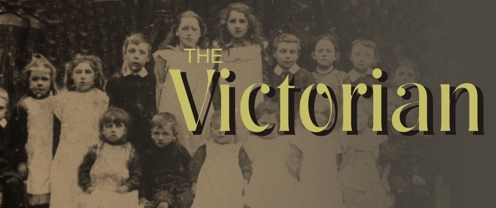Search this site
History of Schooling
We are grateful to Derek Gillard for the carefully researched information which he has provided and which is available on his website for those wishing for a more in-depth article than our own. Here is Derek's site.
Can you improve this page?
Is there anything important that you think we have missed? Do you have useful photographs or other material? Have you a worksheet you could share? Please write to us on the contact page.
Early schooling

Oxford University
in Victorian times
Education in England can be traced back to the Anglo Saxon period or even to the Roman occupation, during which time they taught Latin grammar. Apprenticeship was they way to pursue practical occupations. The University of Oxford was established sometime prior to C11. In 1209, after a dispute in Oxford some scholars left the city and established a university in Cambridge.
The curriculum was broadened to include Ancient Greek, and later English and other European languages, as well as the natural sciences, mathematics, history, geography and other subjects. Education at this time was mainly for the privileged classes. Under King Edward VI (1537-1553) a reorganisation of grammar schools took place and a system of free grammar schools was started. These were open to anyone in theory, even those who could not afford fees, but few poor children attended because their labour was needed elsewhere. Here is a list of some of our oldest grammar schools.
In 1563 the Statute of Artificers and Apprentices was established regulating and protecting the apprentice system, and it was established that a craftsman or tradesman had to serve a 7-year period of training. By 1691 "parish" apprenticeships were offered to poor children.
Until the late C19 all university fellows and many schoolmasters were expected to be in Holy orders and schooling in this period was tied up with the church.
Robert Raikes and the Sunday School Movement

Robert Raikes
In the late C18, Robert Raikes, who had inherited a publishing business from his father and had become proprietor of the Gloucester Journal, became concerned about the vice amongst boys in the slums. He believed that education would be an antidote and he formulated a plan for a day school, on a Sunday, run by lay people, where free education could be offered. This is credited as the start of the Sunday School movement, although others were also pursuing similar plans and were operational before Raikes, but his scheme was the most successful. The first class of Robert Raikes Sunday School was held in 1780 at the home of a Mrs Meredith in Souter Alley, and was initially attended only by boys. Their first text book was the Bible, and this was followed by the Catechism, but Raikes also wrote four textbooks. Within two years several Sunday schools had opened and girls had also been admitted. These first Sunday Schools were in Gloucester.
The original aim of the Sunday Schools, as written by Raikes was "The children were to come after ten in the morning, and stay till twelve; they were then to go home and return at one; and after reading a lesson, they were to be conducted to Church. After Church, they were to be employed in repeating the catechism till after five, and then dismissed, with an injunction to go home without making a noise."
At first the schools were mocked by some as Raikes' Ragged School, but by 1831, Sunday schools in Great Britain were attended weekly by 1,250,000 children, approximately 25 percent of the population. By comparison there were very few other schools. By 1805 a large Sunday School had been built in Stockport which financed and accommodated 5000 scholars, the largest in the world. The first Sunday school in London opened at Surrey Chapel under Rowland Hill.

Stockport Sunday School for 5000 children!
Next | Victorian Schooling

